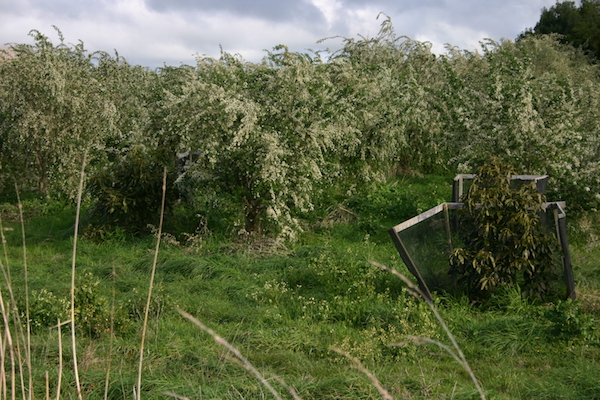Why tagasaste is a useful tree for your lifestyle block

If you are looking for the next perfect addition to your backyard, then tagasaste is the one you’ve been searching for.
There aren’t many trees as useful as tagasaste.
It’s an easily-propagated, fast-growing, frost-tolerant tree that can reach its full potential in just three to four years, it provides shelter, shade, and is a high protein evergreen fodder tree.
But as if that isn’t enough, tagasaste (pron. tag-a-sar-stay) can also fix nitrogen.
It’s known as tree lucerne, a nickname it picked up when farmers in Australia began growing it for its high feed value.
Tagasaste is remarkably tolerant of most growing conditions (although it likes a free draining soil best), taking frosts down as low as -10°C. It’s resistant to diseases and will quickly recover from complete defoliation.
The deep roots of tagasaste make it very drought tolerant and trials have shown it also puts up with high moisture levels through a wet winter.
It’s beautiful, prolific flowering tree that is good feed for bees and if it is allowed to grow unhindered it forms thick branches that are great firewood.

Hailing from a subfamily of legumes, it generally forms multiple stems and spreads out, providing ample leaves, making it great summer forage for sheep and cattle but rabbits, pigs, goats and poultry will also happily munch on it.
The most successful growth has been achieved in areas with wet winters and dry summers but tagasaste grows well from the deep of the South Island to the top of the north, and farmers in Northern Australia use it to great effect.
Depending on the cultivar, you can plant tagasaste that don’t mind being up mountains, down at sea level, in near desert conditions or in soils with as diverse a pH as 5.0-7.0.
These trees are easy care too, with seedlings hardy enough to survive drought in their first year.
In Australia, tagasaste is grown in near-desert conditions as plantations and grown to about the height of a shrub. Cattle and sheep graze it directly through summer (usually on a rotational basis) even through years with no rain.
The nutritional value of the tree will vary depending on the conditions it is grown in, with mineral content falling in areas where soils are lacking. Generally though, tagasaste will contain a high level of protein, vitamins and minerals compared to pasture grown on the same soil.
While this tree is a great survivor, obviously the more you care for it, the more it will have to offer you, so a bit of fertiliser when it is young will encourage the deep rooting system that will bear you fruit further down the line.

Recipe for protection
Tagasaste is mostly vulnerable when it is a seedling – rabbits and hares will eat it down to nothing unless it is protected. One option is an egg and paint mix sprayed on at the time of planting. To make one litre (or enough to protect about 50 seedlings), take five fresh eggs, mix with 600ml of water and add 150 ml of primal AC235 acrylic resin. Then add 150 ml acrylic paint (preferably white with a reasonable solids %, white Timbacryl is recommended) and mix well. Spray about 20ml onto each seedling. This mix doesn’t hurt the tree but pests can’t stand it. This mix will actually help protect most young seedlings. (Recipe courtesy of Landcare Research).
Read more on tagasaste here
 This article first appeared in NZ Lifestyle Block Magazine.
This article first appeared in NZ Lifestyle Block Magazine.
